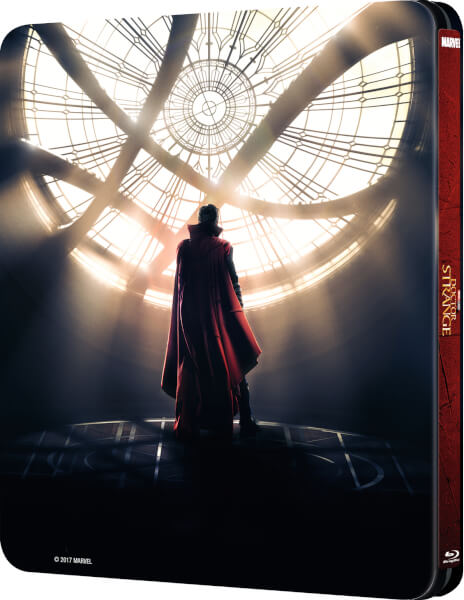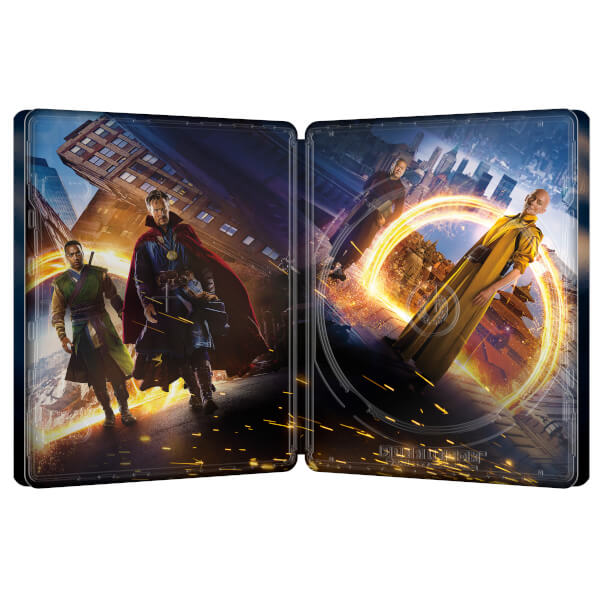Copied from another source...
You could therefore say that if a 24mm wide piece of film negative resolves 3.2K, for example, a 36mm wide piece of film (VistaVision) would resolve 4.8K, and a 52mm wide piece of film (5-perf 65mm Super Panavision / Todd-AO) would resolve 6.9K, and a 70mm wide piece of film (15-perf 65mm IMAX) would resolve 9.3K. However, this ignores some real-world issues like the fact that older medium-format lenses used on large format movie cameras have a lower MTF compared to modern 35mm cine optics (because the larger negatives don't need lenses with high MTF's because if you have more millimeters overall, you don't need to resolve as many lines per millimeter...)
If you really want to be crude, you could say that you lose maybe half the resolution of the negative once it is printed through dupe elements and thrown onto a theater screen, which is why 2K projection seems on par with the best 35mm print projection, and 4K projection would be similar to 70mm projection, but it therefore also means that IMAX digital projection should be at least 6K...
Now don't confuse measurable resolution with optimal scanning, mastering, and archiving resolution -- if 35mm film really resolves 3.2K, then in reality you really should be scanning it at more like 4K to 6K to avoid aliasing, which is why most people round things off to 4K as being ideal for posting 35mm photography... but perhaps 6K would be better for scanning, and then you should finish at 4K.
























